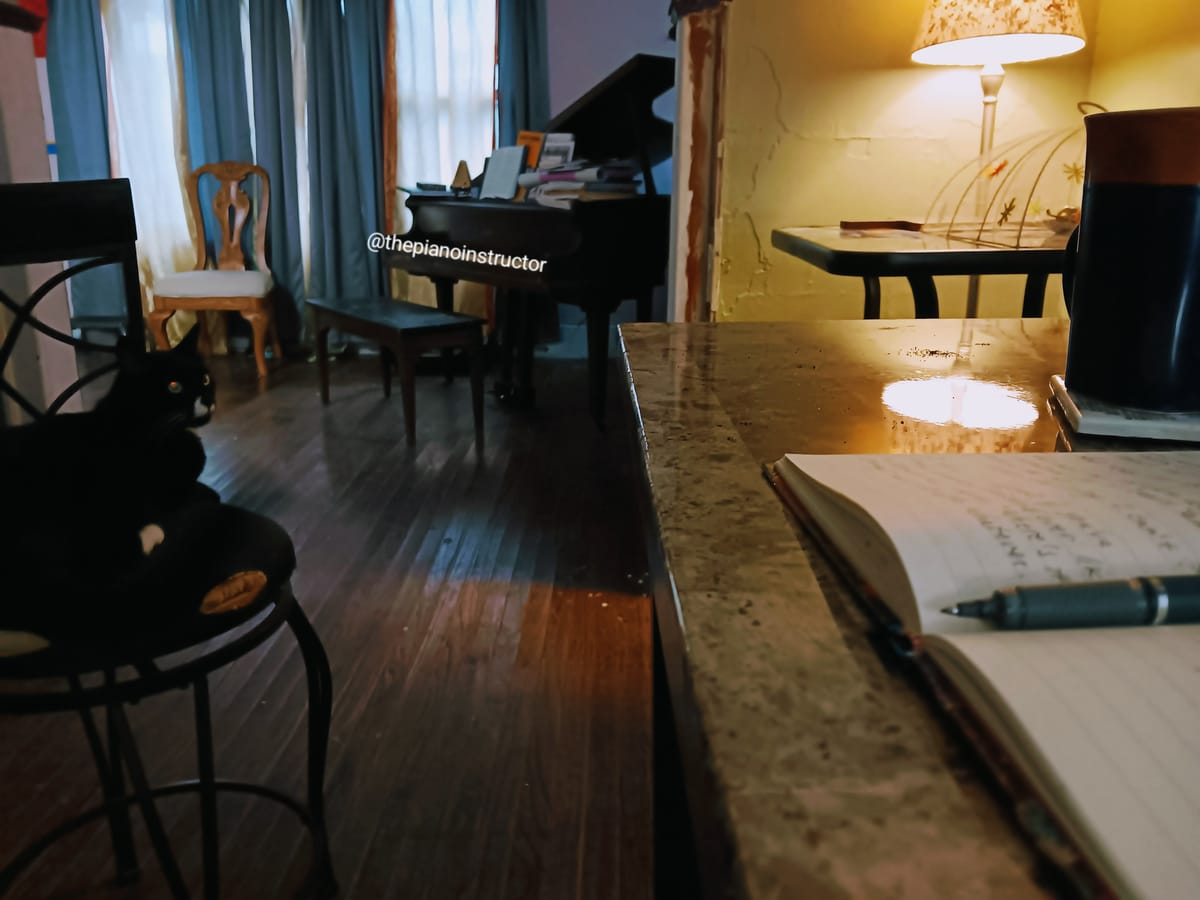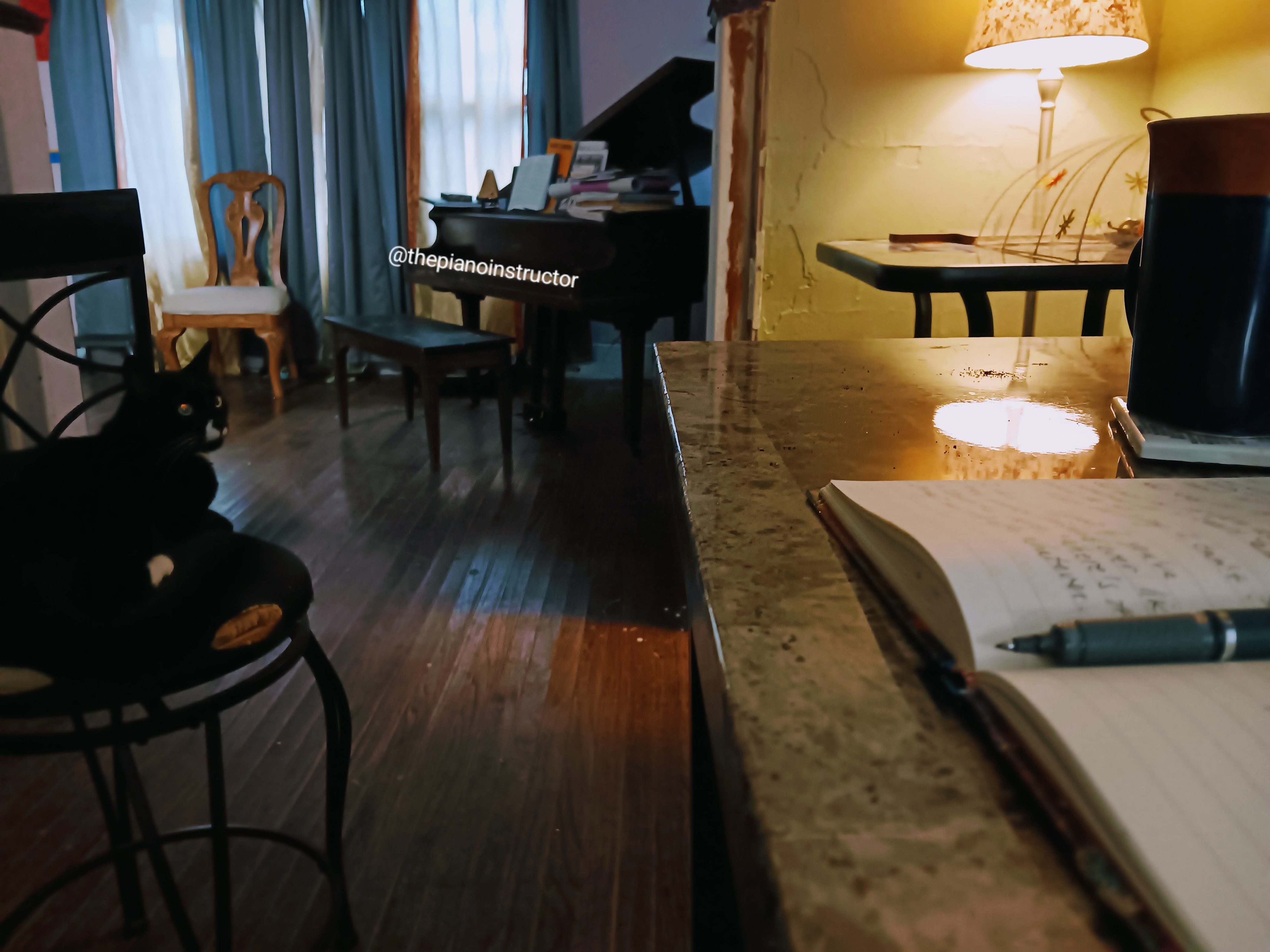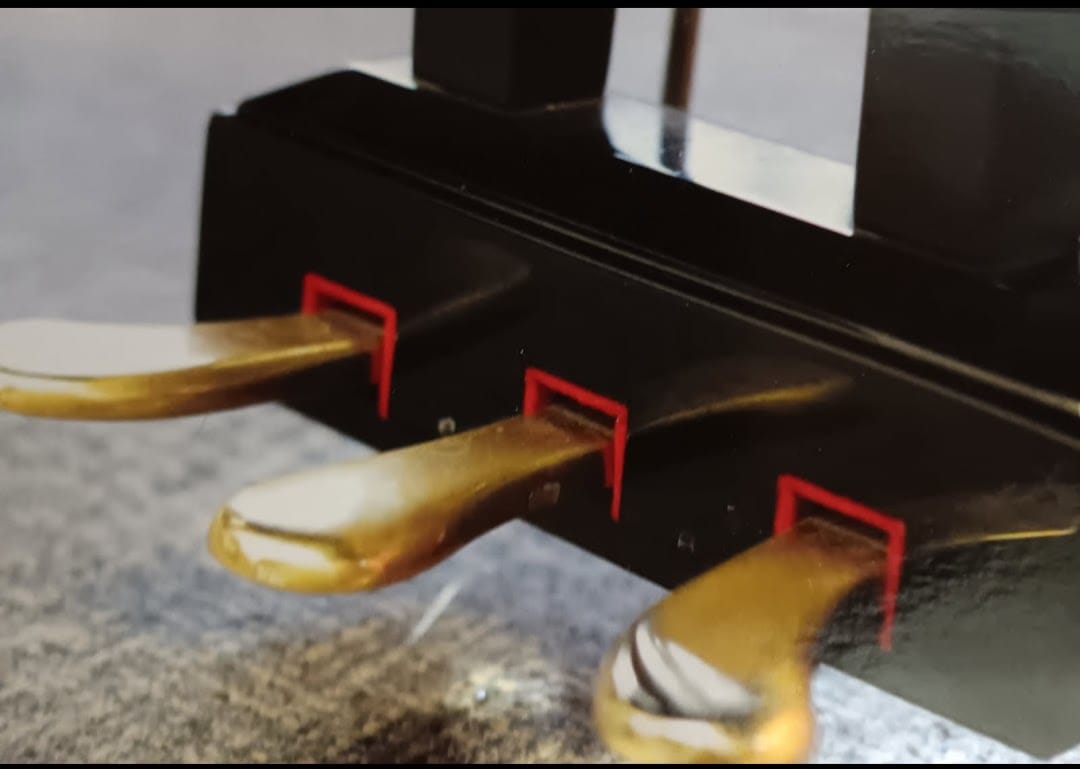Teacher evaluations. How do I do them?

As a certified K-12 teacher who now helps professional musicians become effective educators, I am well versed in the torture that is The Teacher Evaluation.
Which is why I make it as easy, fun, and unobtrusive as I possibly can.
It is my opinion that the best evaluations come from colleagues that the teacher knows and trusts. When an AdMIniStRaToR arrives, it's a whole different vibe; the teacher is on edge, the student is wondering what’s wrong and it can devolve into a nervous mess.
So, when an organization leader reaches out to me because they want to improve a music teacher’s ability to positively impact their students, my first suggestion is to perform self-evaluations, then compare that self-evaluation to an evaluation a peer would give.
Quite often, a teacher can self-diagnose. Given the opportunity, most teachers will do the self reflection necessary to improve, if given the chance.
As a classroom and studio teacher, I know for a fact that most of the time there is literally.no.time. to DO any kind of reflection.
So I have administrators start there. I urge them to make sure the teacher has the resources and time and energy to think.
A note:
This is not trivial. Teachers make in excess of 2,000 decisions per day during their job duties. This can result in decision fatigue.
Many teacher issues in the studio and in the classroom can be mitigated with rest. It really is that simple for a lot of teachers.
Ok, but suppose the teacher has been given the time, but it is mutually acknowledged that changes need to be made. What then?
That's when I come in. And this is how I approach the situation:
I work-out, meditate, and take time to set my intention for the visit.
I will write down, by hand, the criteria that are most important for me to look at during the evaluation.

That's what's happening here.
The music teacher is notified well in advance that I am coming. This is a non-negotiable.
The teacher receives a list of things I am looking for, also a non-negotiable.
I speak to the instructor a day or two before the evaluation to find out if there is something they want me to consider. Maybe there is an approach with a particular student that is not working and they want me to offer suggestions.
I also express my intentions, I share my background as a teacher, and I reassure them that I am most definitely on their side. I really am there to help.
I don't say a single thing during the lesson except to introduce myself. The teacher I'm evaluating takes the lead on introductions and explanations of why I am there.
All observations are video and audio recorded. The written evaluation is finished within 24 hours, and the recording and completed evaluation are shared with the teacher first.
Some admins do not like this part because, well, they want to know first. They want to know right away how to fix the issues. I get it.
But I may have a perception about an approach or a mood that I witnessed, and I need time for the instructor to validate and verify if what I experienced is indeed what I experienced.
After that meeting, any notes that needs changing gets changed, and then the entire package is given to both the teacher and the administrator. Included are praise, suggestions for improvement and resources to help expand their knowledge set.
It's a tough job but unique in that there aren't too many pro musicians who are also certified teachers. Playing the piano and teaching the piano are two very different skill sets, and having someone come in and help who speaks the language both figuratively and literally is what you want.
